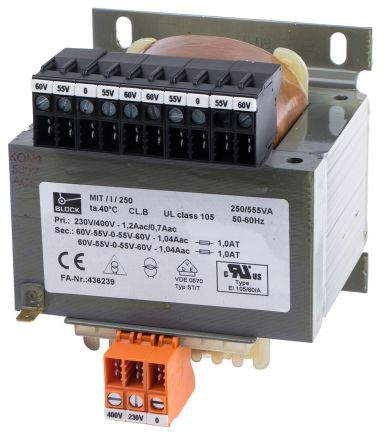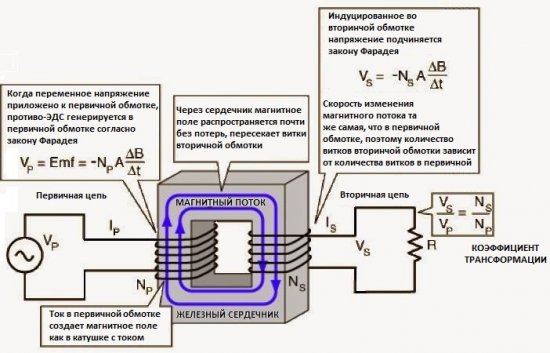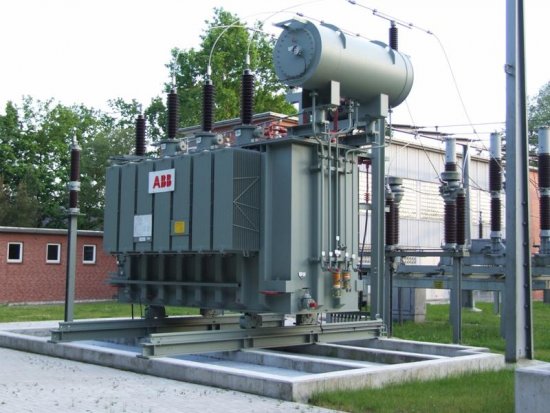How a voltage transformer works
A voltage transformer is used to convert an alternating voltage of one magnitude into an alternating voltage of another magnitude. The voltage transformer works thanks to the phenomenon of electromagnetic induction: the time-varying magnetic flux generates an EMF in the coil (or coils) through which it passes.

The primary winding of the transformer is connected with its terminals to a source of alternating voltage, and to the terminals of the secondary winding is connected a load that must be supplied with a voltage lower or higher than the voltage of the source from which this transformer is fed .
Thanks for attending core (magnetic circuit), the magnetic flux created by the primary winding of the transformer is not scattered anywhere, but is mainly concentrated in the volume bounded by the core. Alternating currentacting in the primary winding magnetizes the core in one or the opposite direction, while the change in the magnetic flux does not occur in spurts, but harmonically, sinusoidal (if we are talking about a network transformer).
It can be said that the iron of the core increases the inductance of the primary winding, that is, increases its ability to create a magnetic flux when the current passes and improves the property of preventing the current from increasing when a voltage is applied to the terminals of the winding. Therefore, at idle (in no-load mode), the transformer consumes only milliamps, although the changing voltage acts on the winding.
The secondary winding is the receiving side of the transformer. It receives the changing magnetic flux generated by the current in the primary winding and sends it through the magnetic circuit through its turns. The magnetic flux, varying at a certain rate, penetrating the turns of the secondary winding, according to the law of electromagnetic induction induces a certain EMF in each of its turns. These induced EMFs are added at each turn-to-turn time instant, forming the secondary winding voltage (transformer open circuit voltage).
It will be timely to note that the faster the magnetic flux changes in the core, the greater the voltage induced at each turn of the transformer secondary winding. And since both the primary and secondary windings are permeated by the same magnetic flux (created by the alternating current of the primary winding), the voltage per turn of both the primary and secondary windings is the same, based on the magnitude of the magnetic flow and its rate of change.
If you dig deeper, the changing magnetic flux in the core creates an electric field in the space around it, the intensity of which is greater the higher the rate of change of the magnetic flux and the greater the value of this changing is magnet flux. This eddy electric field acts on the electrons located in the conductor of the secondary winding, pushing them in a certain direction, due to which at the ends of the secondary winding it is possible to measure voltage.
If a load is connected to the secondary winding of the transformer, then a current will flow through it, which means that a magnetic flux created by this current in the secondary winding will appear in the core.
The magnetic flux generated by the secondary winding current, that is, the load current, will be directed (cf. Lenz's rule) against the magnetic flux of the primary winding and will therefore induce a back EMF in the primary winding, which will lead to an increase in the current in the primary winding and, accordingly, to an increase in the power consumed by a transformer from the network.
The appearance of the reverse of the primary, secondary magnetic flux inside the core, as an effect of the connected load, is equivalent to a reduction in the inductance of the primary winding. That is why a transformer under load consumes significantly more electrical energy than when it is idle.


